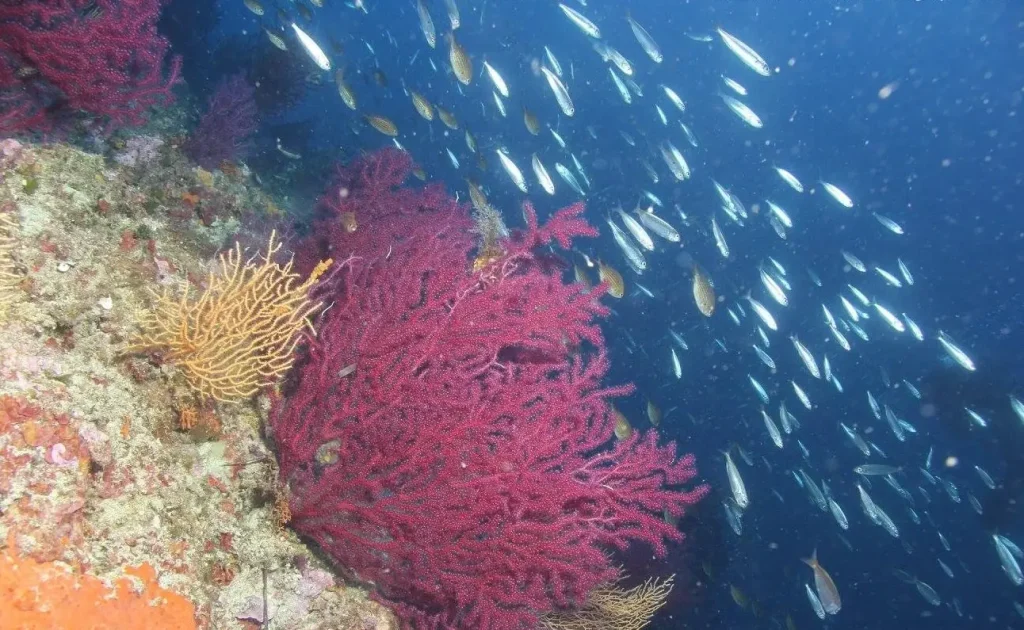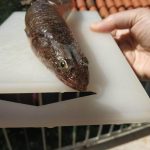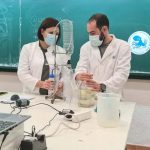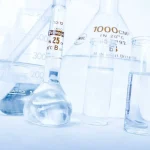Croatian scientists in Croatia are running various projects which either don’t get reported on by journalists, or if they are reported on, they sadly don’t get too much attention from the public.
One such project is the Projekt CASCADE which started back on January first, 2020, and will continue until the very end of 2022.
As reported on the website of The Institute of Oceanography and Fisheries (IOR), the 5,817,547 euros, 85 % of that capital (4,944,914.95 euros) is secured by The European Regional Development Fund (ERFD).
CASCADE is short for „CoaStal and marine waters integrated monitoring systems for ecosystems protection and management“, and is part of the Interreg Italy-Croatia 2014-2020 strategic program. Assess the quality of coastal marine ecosystems in order to restore the habitats of endangered species and provide support for integrated management is the main goal set by 2022.
For the next three years, the project team from the Laboratory for Plankton and Shell Toxicity and the Laboratory for Chemical Oceanography and Sedimentology will work on monitoring, gathering knowledge about habitat and ecosystem biodiversity in the field of project cooperation (Adriatic Sea). It will participate in the establishment of new, as well as the improvement, of existing coastal systems for monitoring and management of coastal and open water ecosystems. Joint actions will assess and protect coastal and marine biodiversity and establish restoration actions. The pilot area of the Institute of Oceanography and Fisheries (IOR) within the EU CASCADE project is the mouth of the Neretva River“, explains the IOR website.
There are eleven pilot areas in Croatia and Italy where the researches will be conducted: lagoon Grado and Marano and Gulf of Trieste, coastal belt of the Italian region Emilia-Romagna, marine protected area Torre Guaceto (natural reef), Punta Della Contessa, Melendugno in the Italian region of Puglia, the mouth of the Neretva river, the coastal zone of the Italian region of Veneto, mouth of the river Miljašić Jaruga, coastal belt of the Italian region of Molise, the northeastern part of the Adriatic Sea in Croatia, mouth of the river Cetina, Torre del Cerrano and Pineto Marine Park on the Abruzzo coast, and finally, the coastal zone of the Italian Marche region.
„At the mouth of the Neretva River (P4 pilot area), the IOR team members will sample sediment, shells, and seawater, depending on the type of matrix, they will analyze various parameters such as salinity, oxygen concentrations, heavy metals, and nutrients, with the aim of establishing an optimal system of observation of coastal and open waters“, added IOR.
The head of the projects within the IOR side is Dr. Sc. Ivana Ujević and various Italian and Croatian regions/counties, regional development agencies, scientific institutes, and two ministries from Italy and Croatia are included as associated partners.
Learn more about Croatian inventions & discoveries: from Tesla to Rimac on our TC page.
For more about science in Croatia, follow TCN’s dedicated page.











